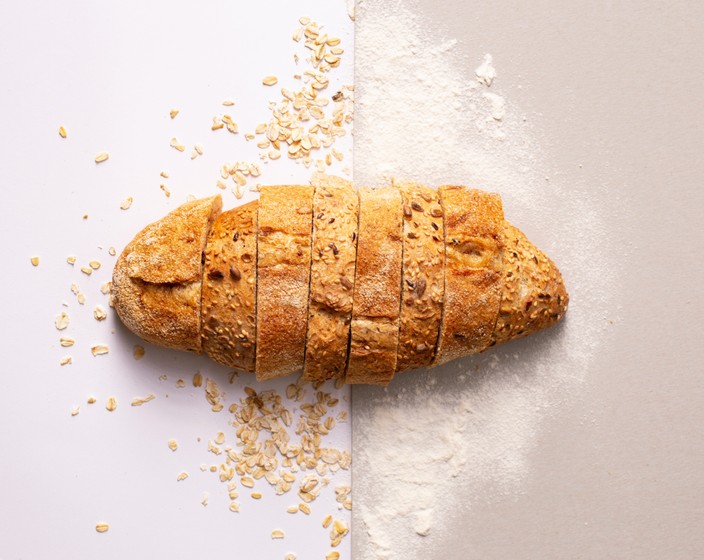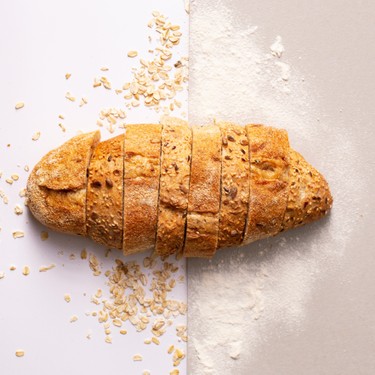Demystifying the Gluten-Free Diet




Throughout history, wheat has become a staple for the rich and poor. Within the last few years, however, the prevalence of gluten-free foods has created more awareness of the effects of gluten. Here’s a list of the top 10 questions about being gluten-free.
Gluten is a composite found in wheat and related grains, including barley and rye. Gluten gives elasticity to dough, helping it rise and keep its shape, while also giving it that soft, gooey texture we all know and love.
Products containing barley, rye, triticale (a cross of rye and wheat), and wheat and wheat products such as bulgur, durum flour, farina, graham flour, kamut, semolina, and spelt all contain gluten. This also includes many sauces, soups, and even processed meats where gluten is used to add flavor. And that’s just the shortlist.
Celiac disease is more serious than an intolerance, as it is an allergy to gluten. Individuals suffering from celiac disease produce an intestinal immune response when gluten has been consumed.
This has become the subject of considerable medical research in the past few decades, as the incidence of allergic disease and food intolerance has increased. Doctors are still unclear as to what causes celiac disease. However, they are confident that the disease is genetic. Individuals who have family members with celiac disease are more likely to have it themselves than individuals with no family history of celiac disease.
Those with celiac disease and those with gluten sensitivity suffer similar symptoms, such as bloating, flatulence, Irritable Bowel Syndrome, and abdominal pain. As time passes, those with celiac disease can develop further complications from gluten consumption. But half of all people with celiac do not show any symptoms. That’s why it may be helpful to use your own intuition about your body to determine your own sensitivity.
Monitor your consumption of gluten-containing foods and note any changes in your overall health. This may include eliminating gluten completely for a few weeks then gradually reintroducing gluten-containing foods in order to find out which foods—and how much of each food—can be consumed without triggering symptoms of gluten sensitivity. Consult a physician before making any major food lifestyle changes.
For those who are gluten sensitive, before you jump on the gluten-free bandwagon, it’s important to note that “gluten-free” does not always mean “good for you." You may just have to be gluten-aware, not necessarily gluten-free. Much like lactose intolerance in some people, some gluten-free foods may cause a certain response, while others may not.
The only way is to be tested. The first test is typically a blood test that detects antibodies related to an abnormal immune response. If the blood test is positive, a biopsy is performed to confirm inflammation in the lining of the small intestines.
Au contraire. Today, gluten-free foods have never been better. Not only has the food industry met the needs of those who are eliminating gluten, but many are sharing curated gluten-free recipes with the masses via blogging and social media. In fact, the best gluten-free foods are the ones you make yourself.
At SideChef, we’ve got plenty of delicious gluten-free recipes for you! Want a sneak peek? Here are some of our favorites. But if it’s bread you’re craving, don’t worry—we’ve got you covered.
Check out our full collection: Gluten-Free Breads for Celiacs.